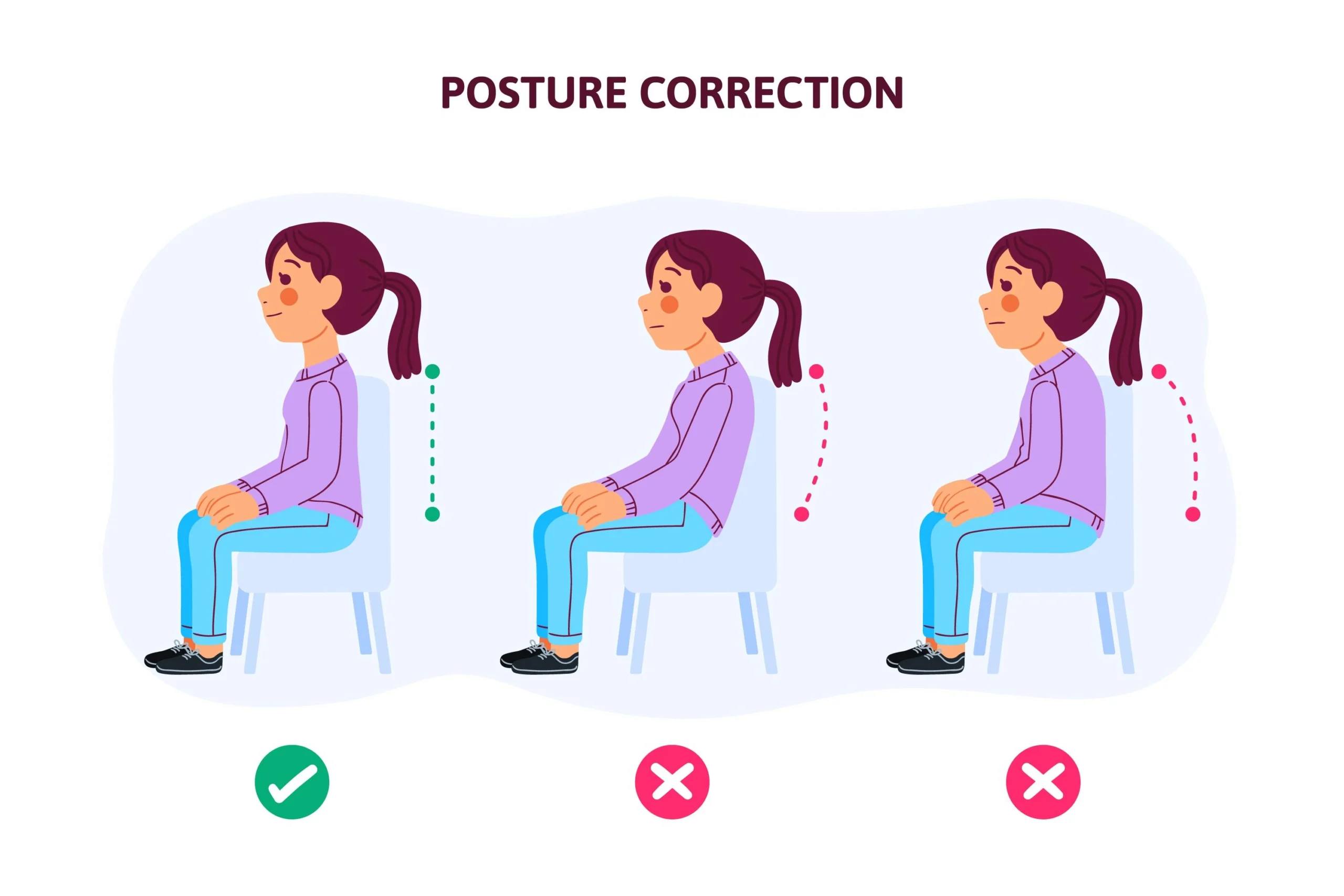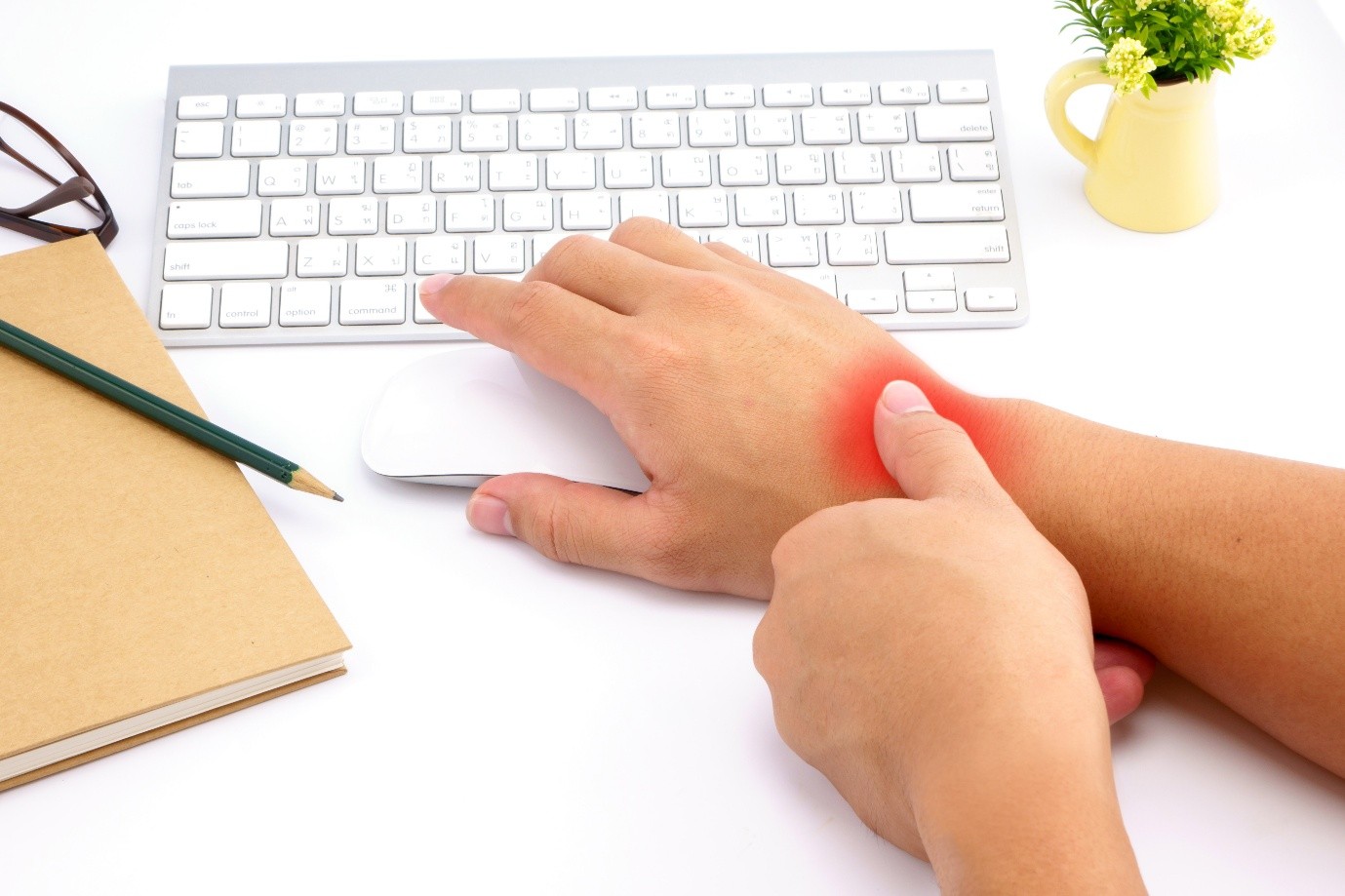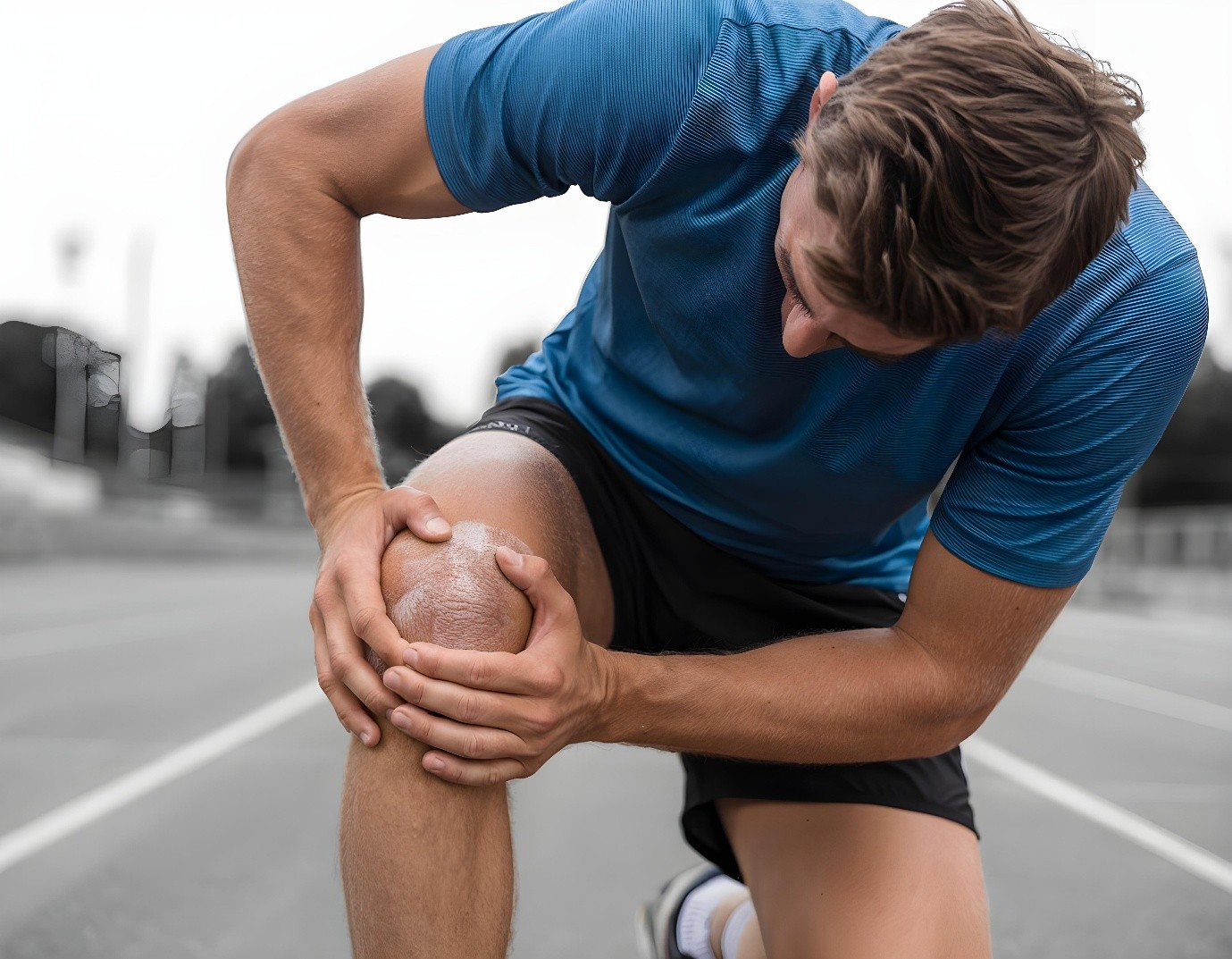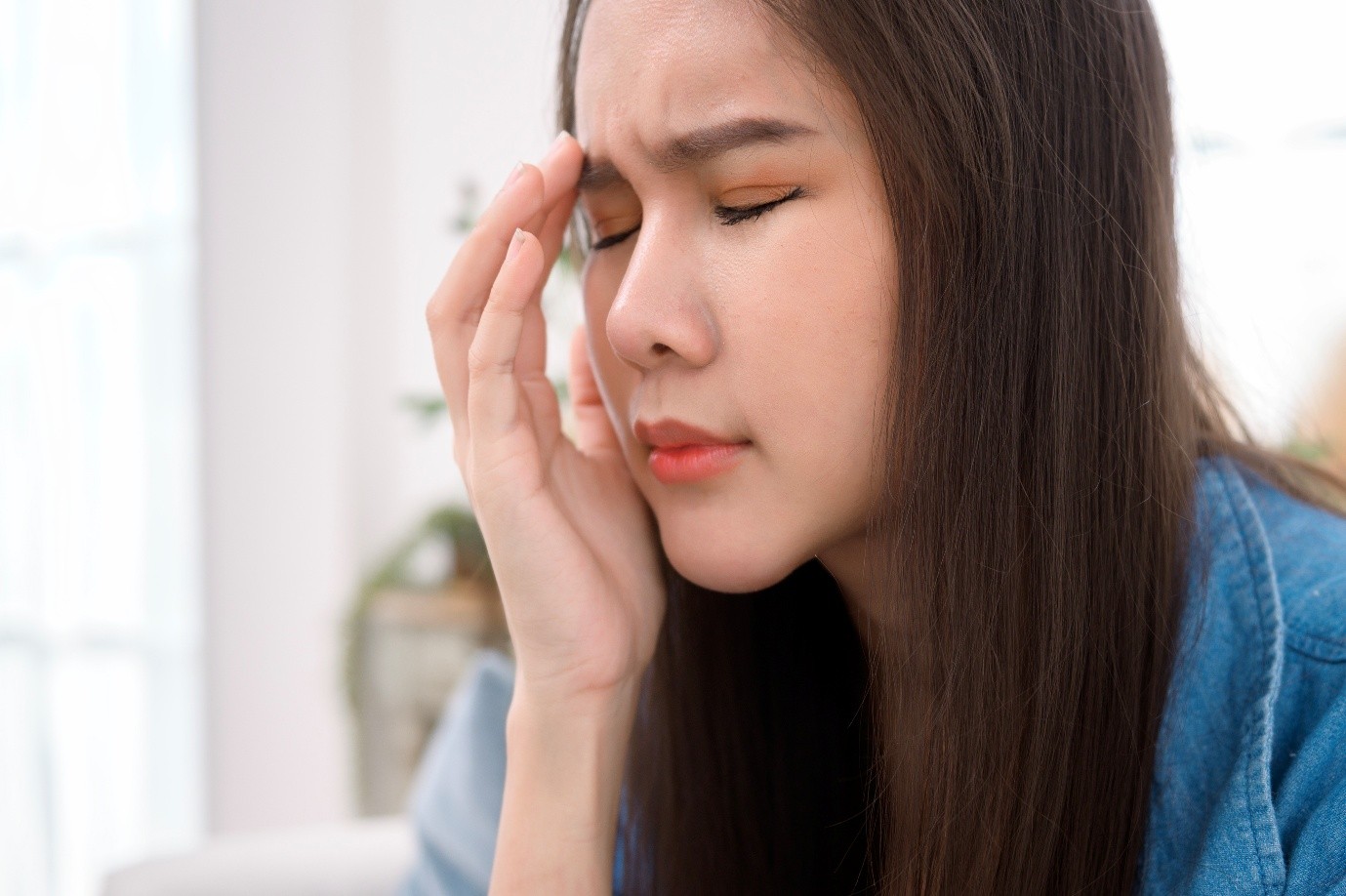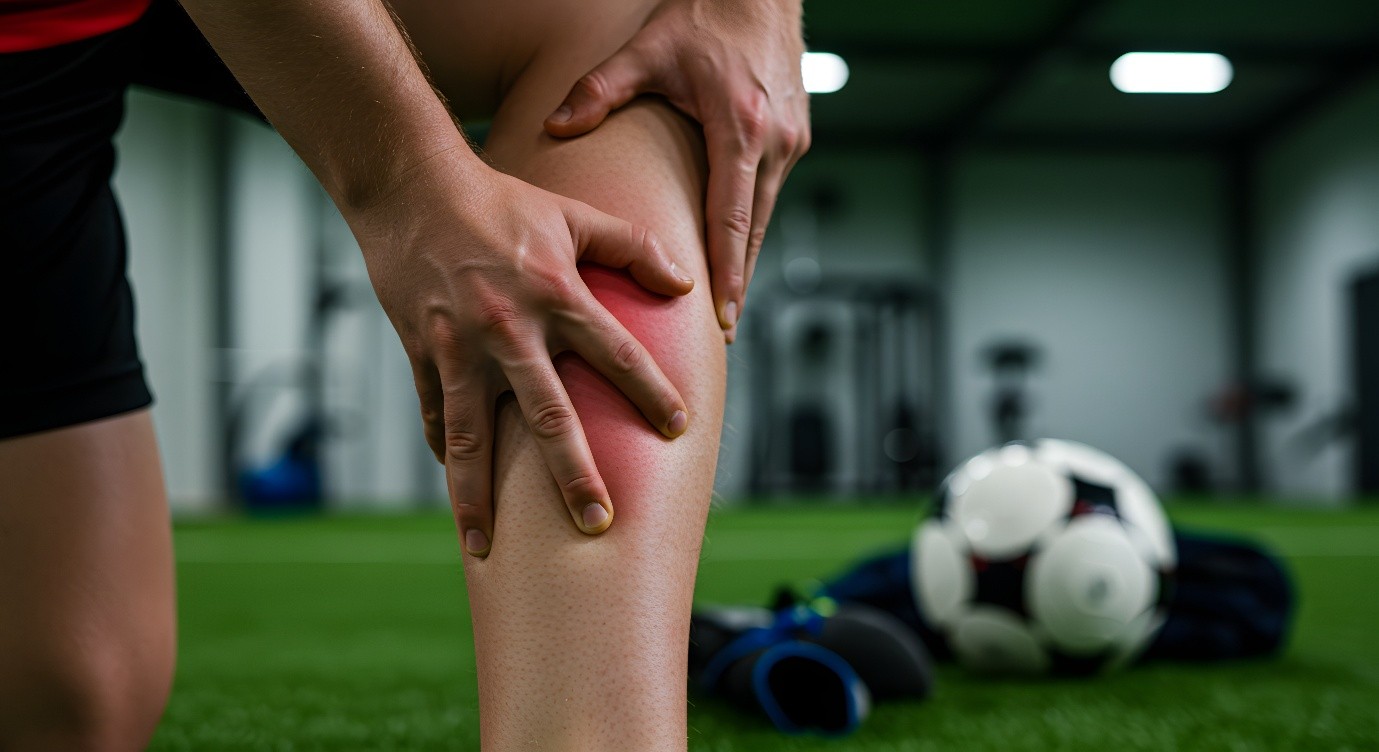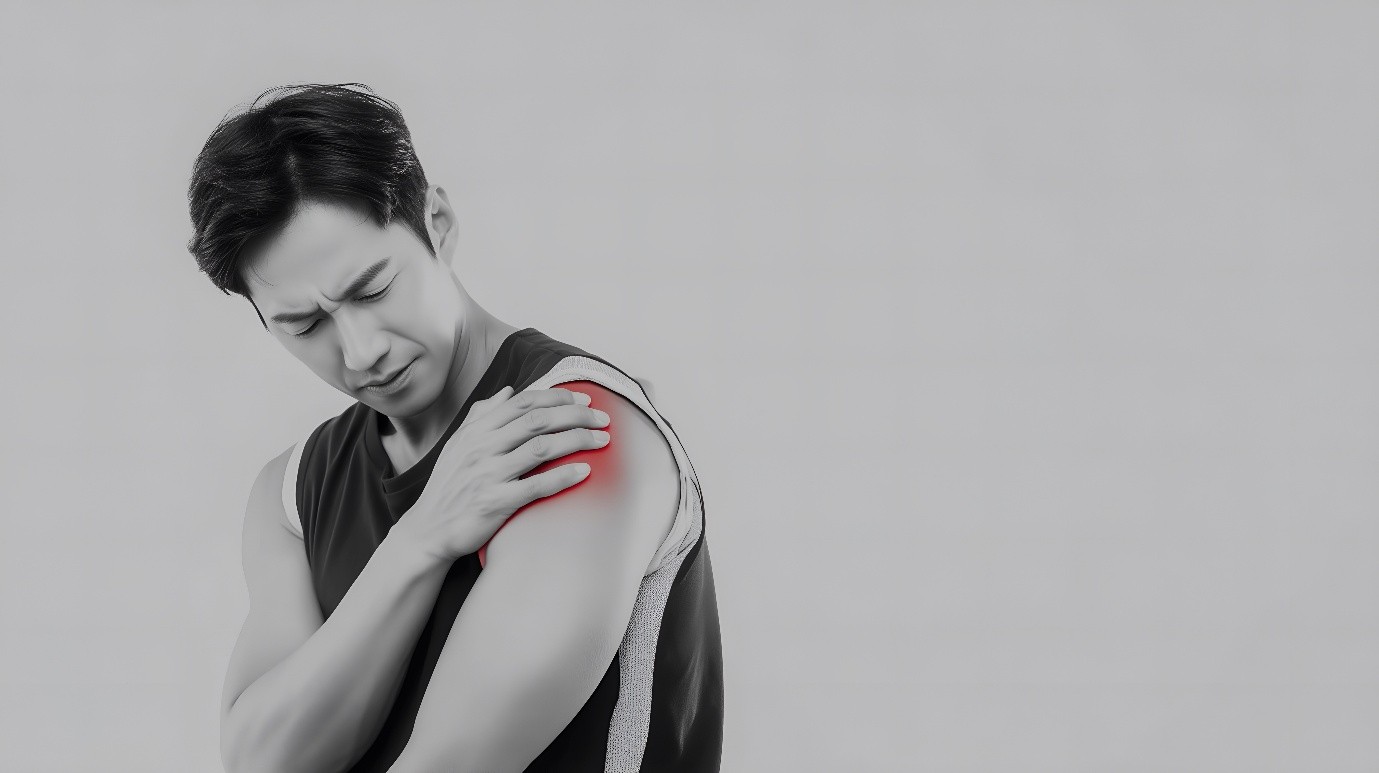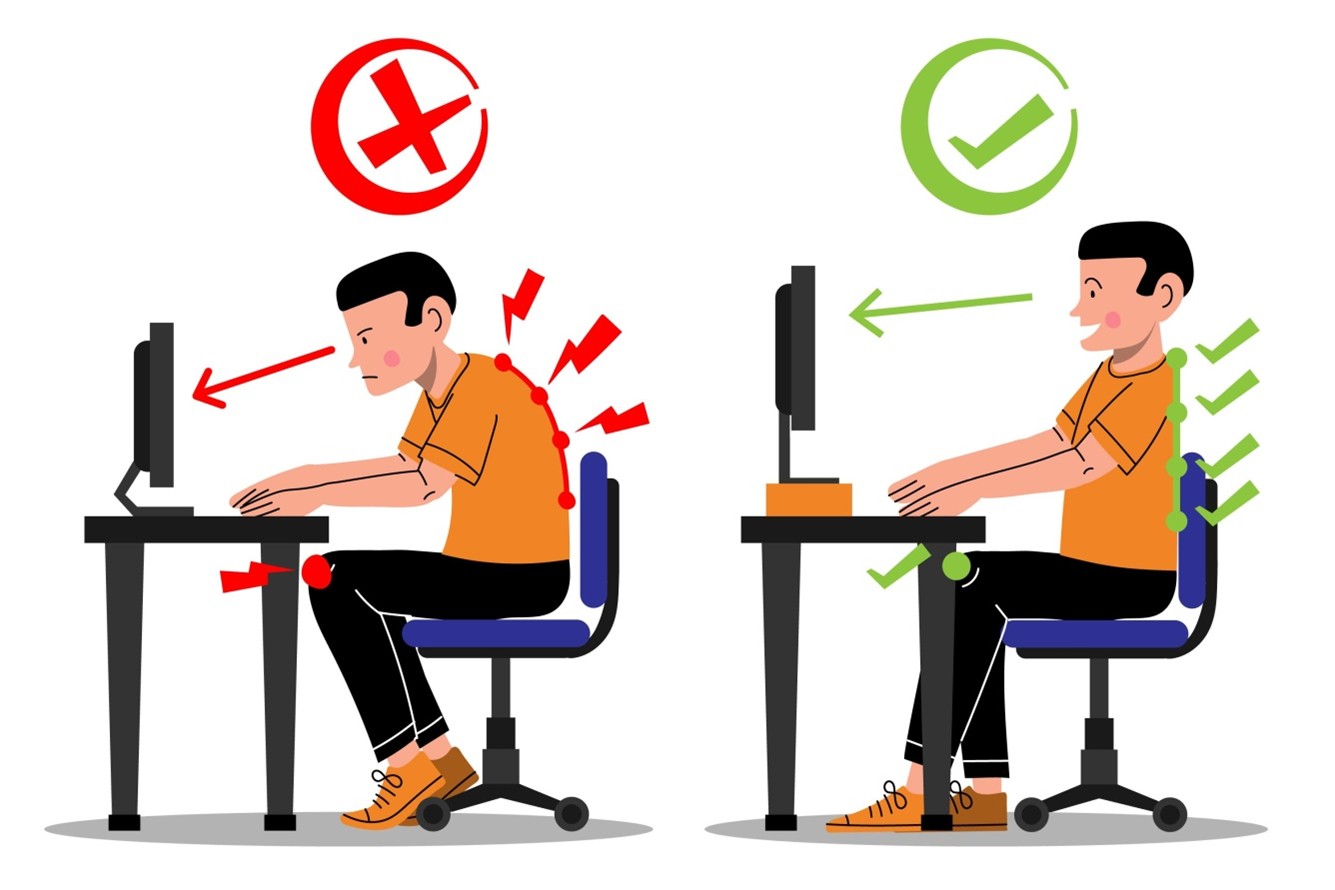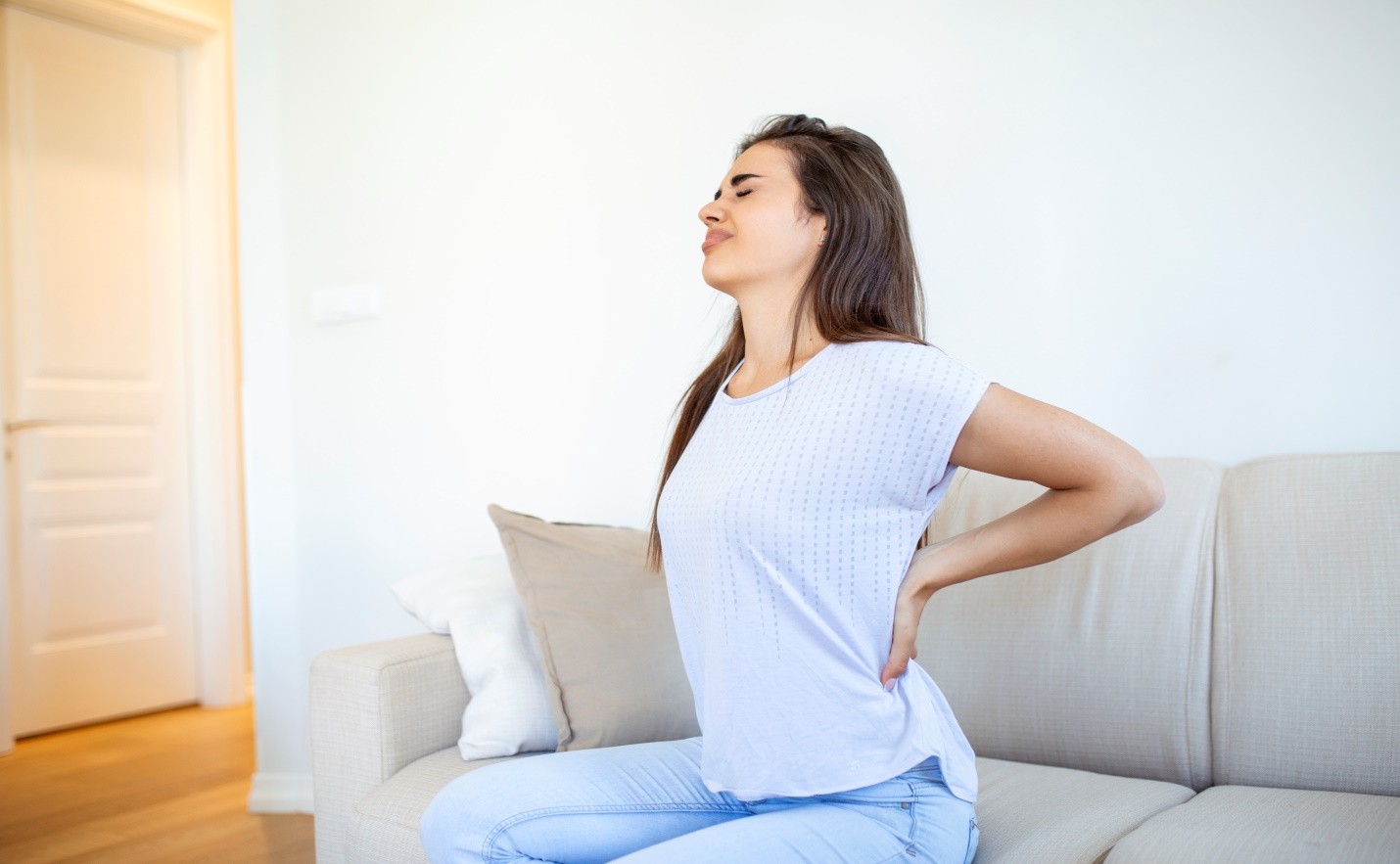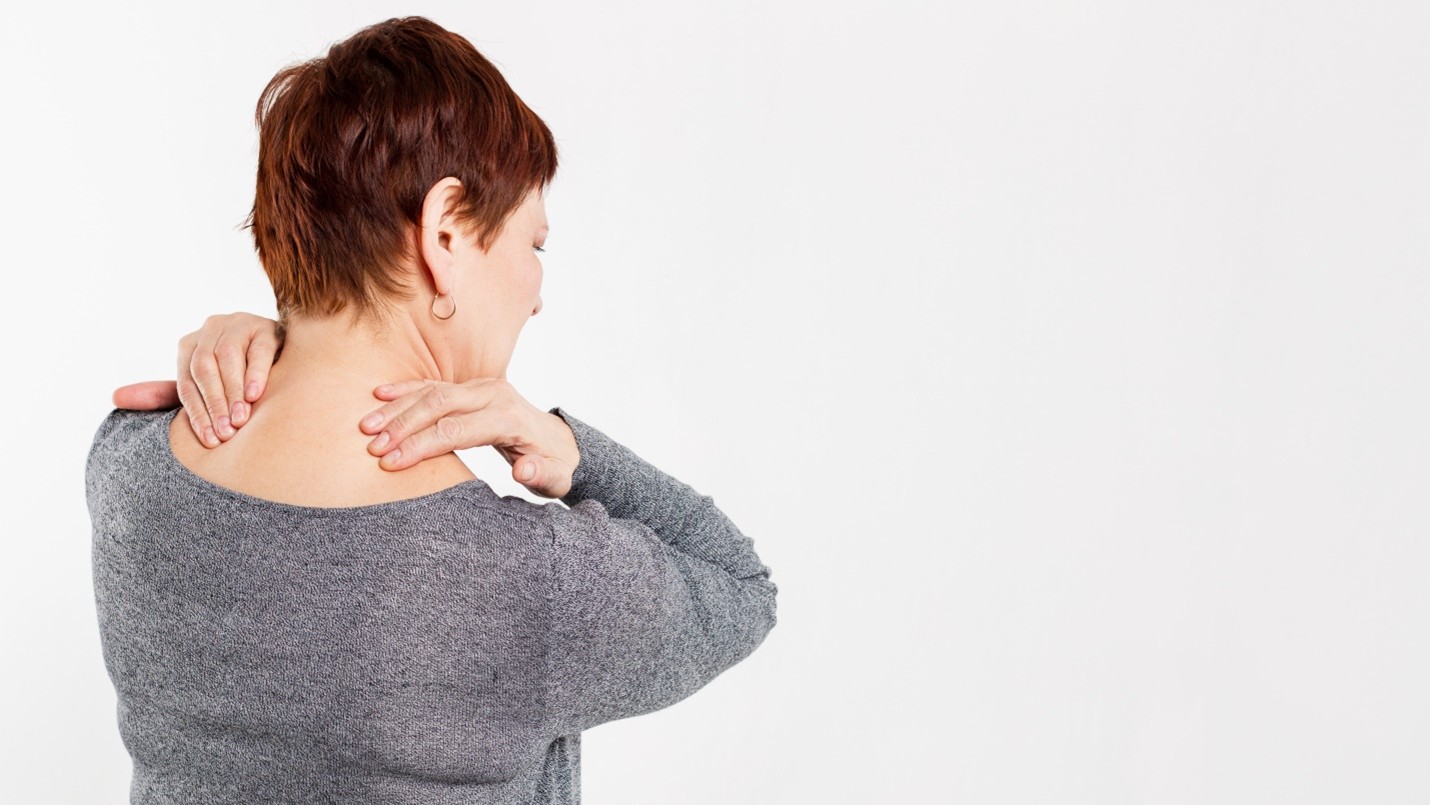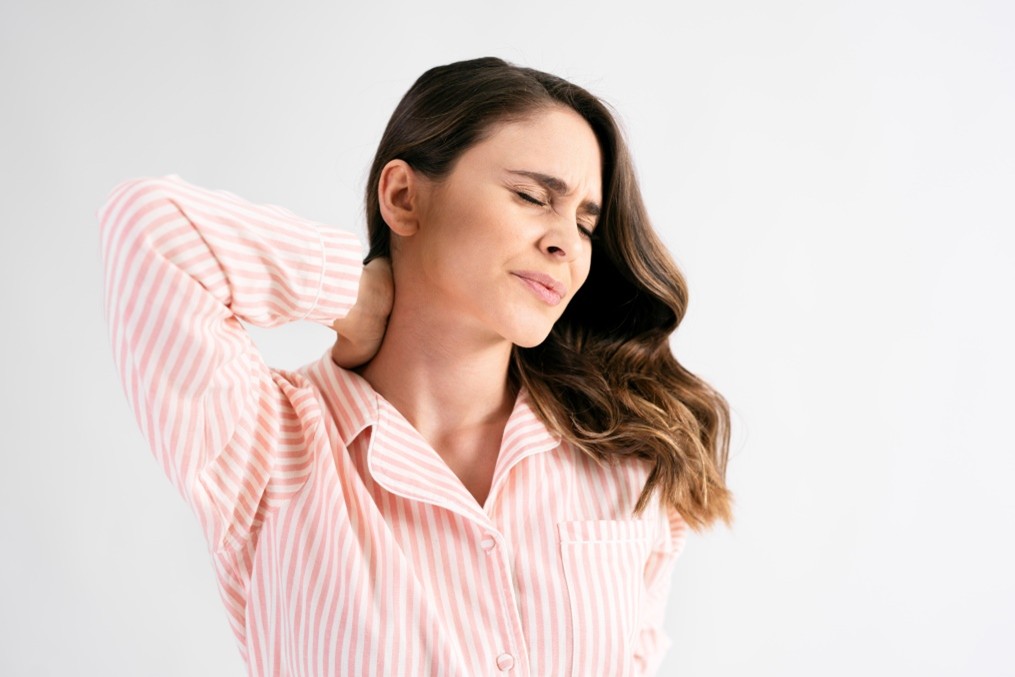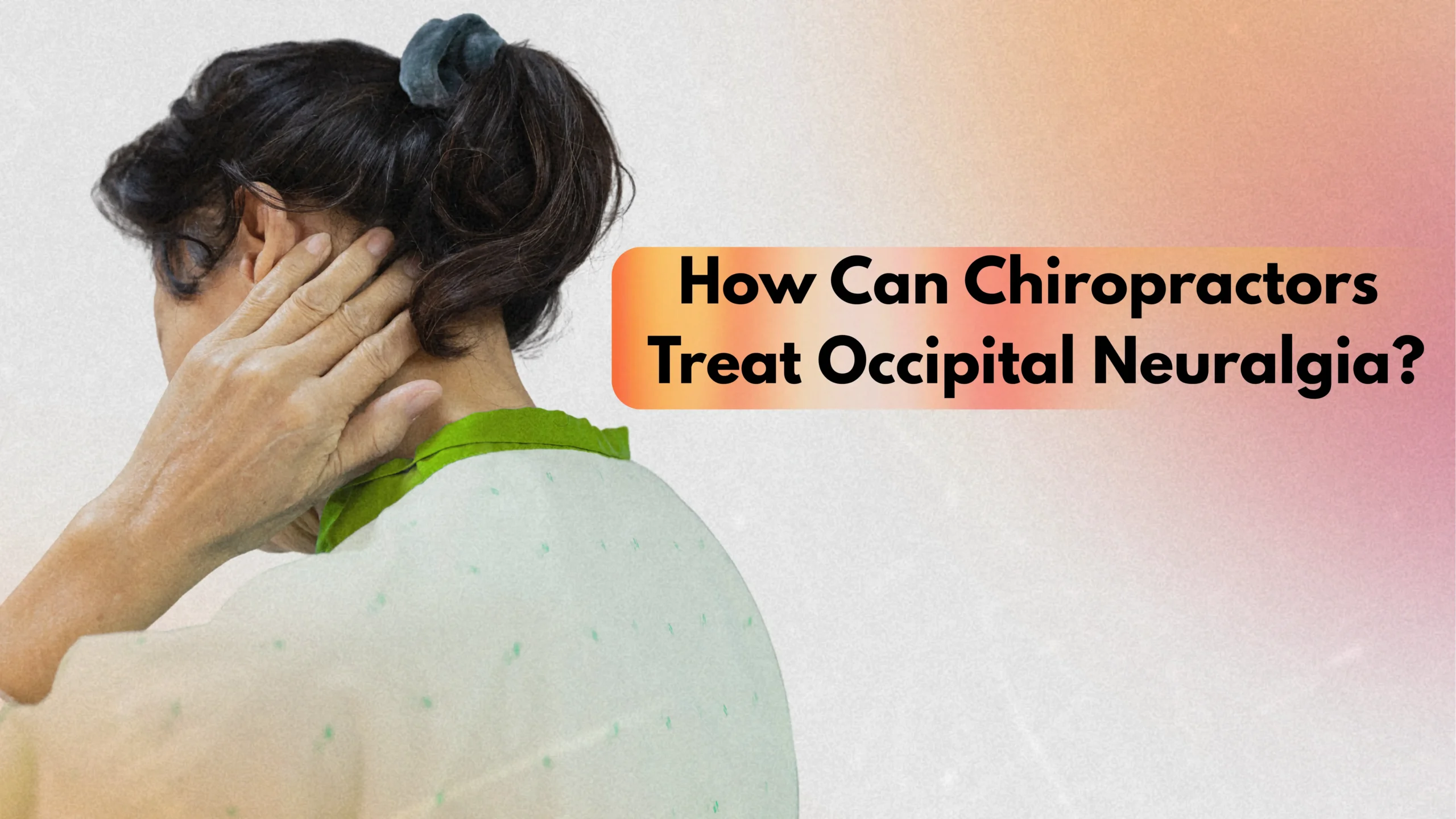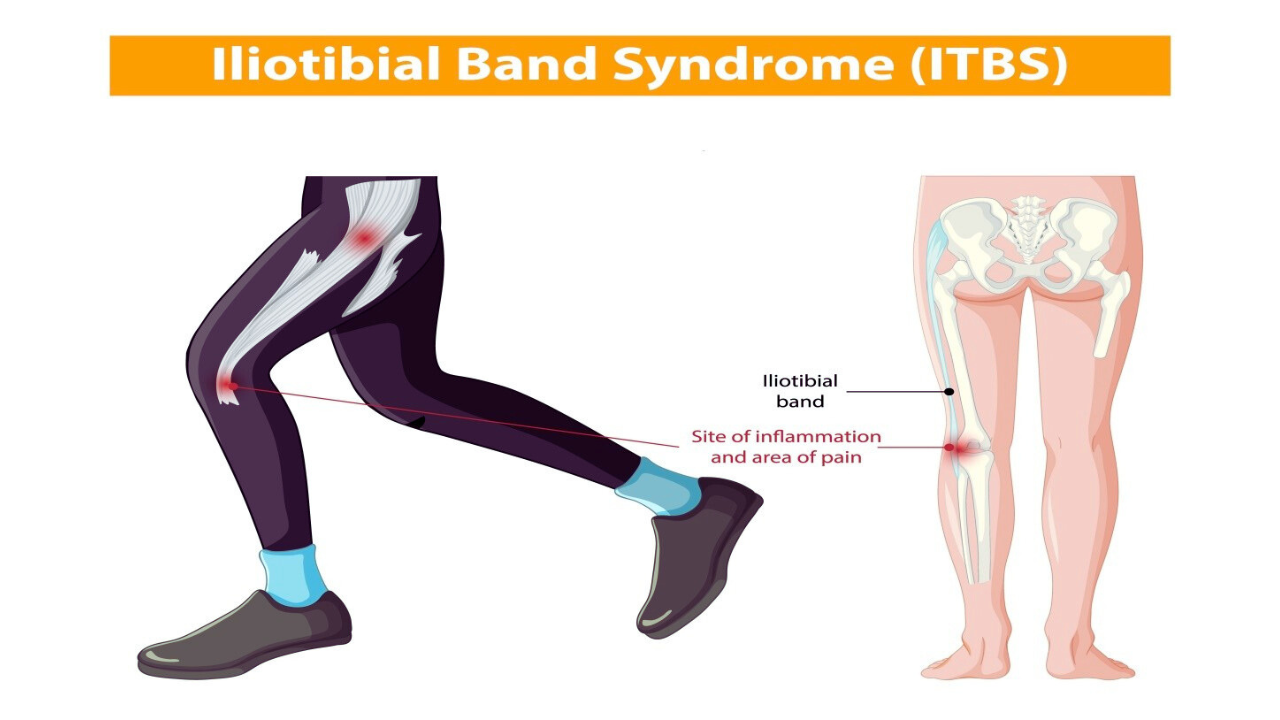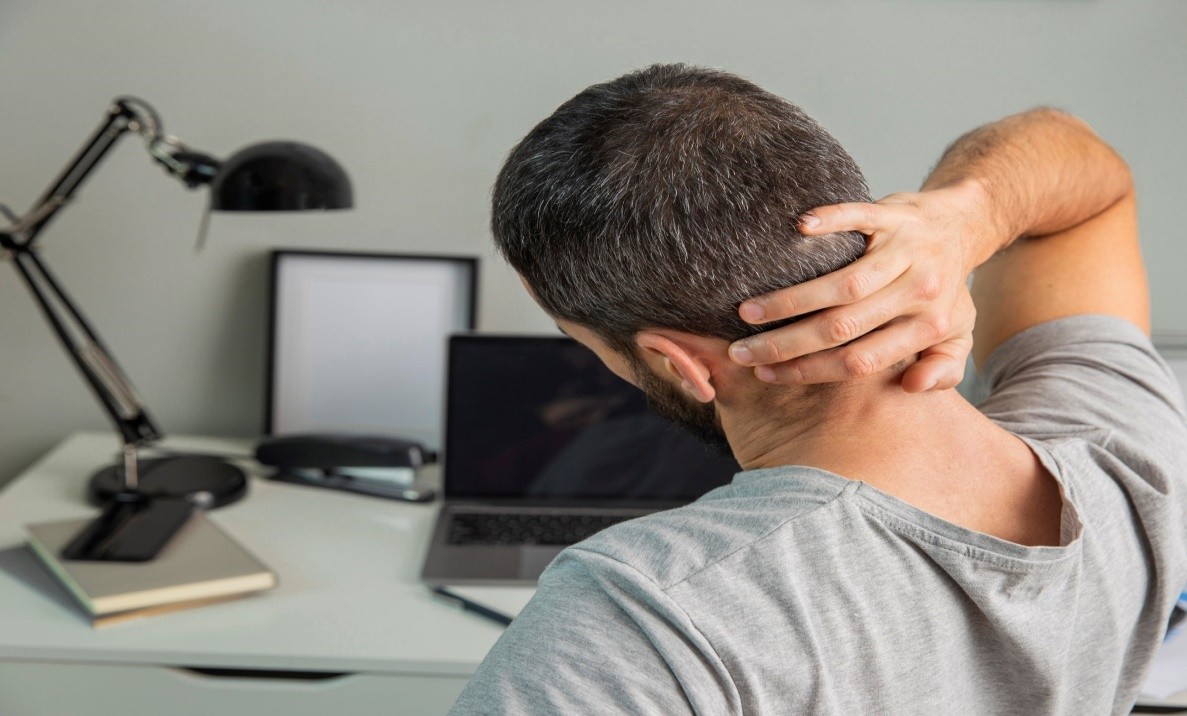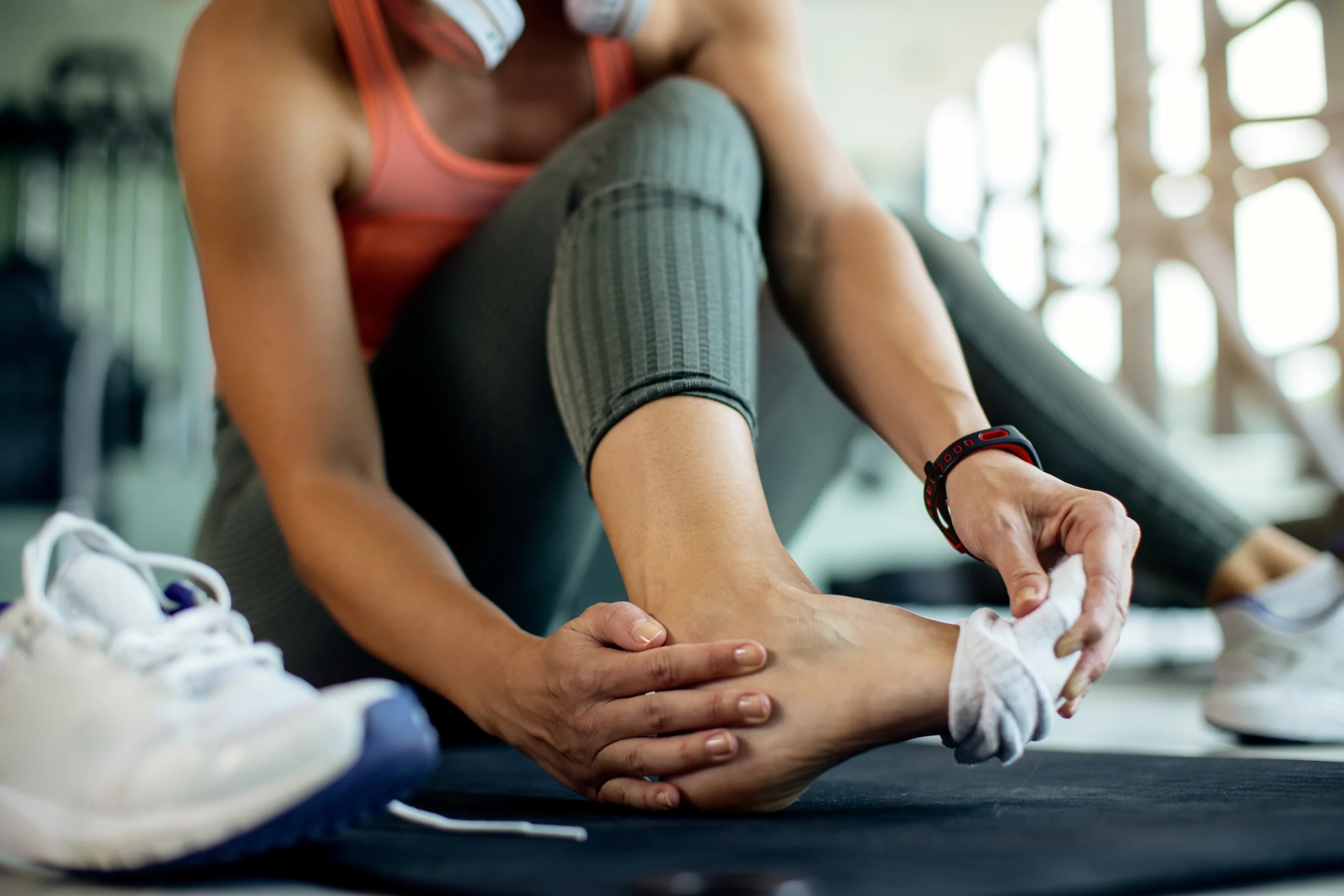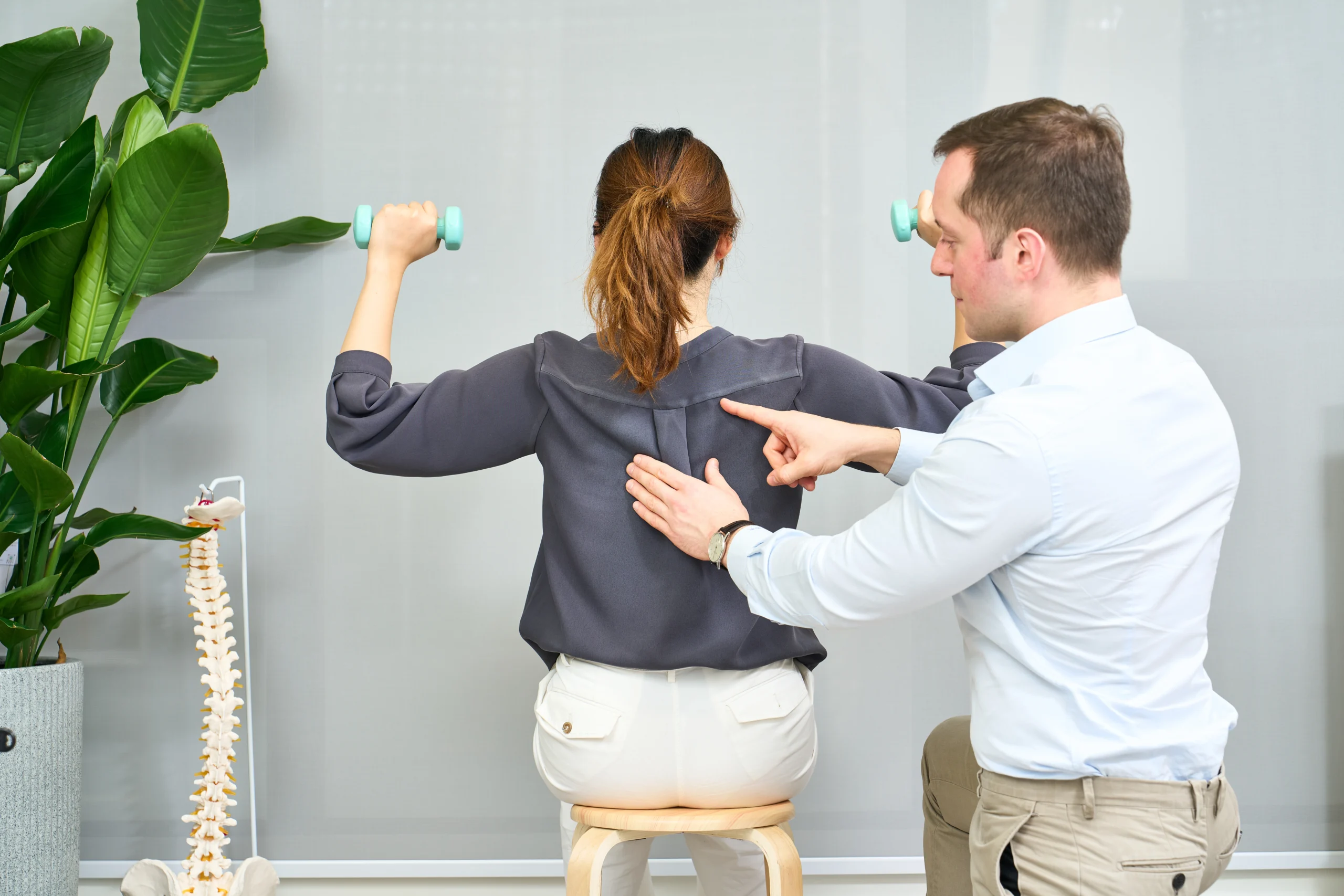Maintaining proper posture is crucial for preventing physical fatigue and reducing strain on your body. Enhancing ergonomics at your workstation and practicing basic posture correction techniques can improve your overall well-being and productivity.
While slouching isn’t the only posture issue people can develop over time, it is one of the most common. In a stooped posture, the head, shoulders, and spine tilt forward, making it harder to breathe properly and often leading to neck and back pain. To correct this posture, it’s important to understand its underlying causes.
What is Stooped Posture?
Stooped posture refers to an excessive rounding of the shoulders and upper back, often caused by age-related changes in the spine, muscles, and joints. This hunched posture is commonly seen in older adults.
It can make movement more difficult and affect balance, increasing the risk of falls and fractures. Additionally, bad posture can lead to breathing difficulties, a reduced quality of life, and chronic pain in the shoulders, back, and neck. You can consult a chiropractor to get relief from stooped posture. If you are also looking for treatment for lumbar disc herniation (腰間盤突出), lower back pain, neck pain, heel pain, or other issues, a chiropractor can assist with those as well.
What are the Causes of Stooped Posture?
Stooped posture can develop due to a variety of factors, including:
- Aging: As we age, the muscles, ligaments, and joints in the spine naturally weaken and lose flexibility. This can lead to the rounding of the upper back, a condition known as kyphosis, which is often seen in older adults.
- Poor posture habits: Consistently slouching or hunching over, especially while sitting at desks or using phones, can gradually lead to a stooped posture. Over time, this poor posture can cause muscles to adapt to the misalignment.
- Muscle weakness: Weak core and back muscles may struggle to support the spine, causing the body to lean forward. Strengthening these muscles can help improve posture.
- Spinal conditions: Certain spinal conditions like degenerative disc disease, scoliosis, or osteoporosis can lead to abnormal curvature of the spine, which contributes to a hunched posture.
- Injury: Past injuries, especially to the spine or muscles, can cause misalignment and result in a stooped posture as the body compensates for pain or weakness.
- Sitting for long periods: Sitting for long periods without proper posture can lead to tight muscles and a weakened spine, which increases the risk of developing a stooped posture.
- Mental health: Conditions like depression or stress can also affect posture. When people feel down or anxious, they may unconsciously hunch or slouch.
Identifying these causes through posture correction, strengthening exercises, and chiropractic care can help prevent or correct bad posture. By searching for a ‘chiropractor near me in Hong Kong,’ you can find a chiropractor in your area who can help with posture correction.
What are the Effects of Stooped Posture on Health?
Consistently poor posture can lead to several long-term health problems. Some of the issues caused by a stooped posture include:
- Chronic pain in the back, neck, and joints: Bad posture puts extra pressure on the muscles and ligaments in the back, neck, and joints, causing pain and discomfort over time.
- Spine misalignment: Poor posture can throw the spine out of alignment, leading to disc wear, degeneration, and an increased risk of pinched nerves.
- Spinal deformities: Over time, bad posture can cause the spine to curve abnormally, resulting in conditions like kyphosis, where the upper back becomes overly rounded.
- Difficulty breathing: Slouching can compress the lungs and diaphragm, reducing airflow and limiting oxygen intake, which can lower energy levels and affect concentration.
How Do Chiropractic Adjustments Help Improve Posture?
During your first visit to Agape Chiropractic Hong Kong, the chiropractor will begin with a thorough exam to assess spinal strain and postural imbalances. Once these issues are identified, a personalized treatment plan will be prepared with you.
A skilled chiropractor may use different techniques to target strained soft tissues and ligaments. Additionally, they will guide you through muscle release and strengthening exercises that help build the muscles responsible for maintaining good posture.
Chiropractic adjustments also play a key role in correcting postural imbalances. Through spinal manipulation, your chiropractor can help improve spinal health and relieve tension in muscles that have been strained by poor posture and slouching.
Conclusion
Chiropractic adjustments and therapies at Agape Chiropractic Hong Kong can help correct stooped posture and improve spinal alignment. In addition your chiropractor can help create a personalized exercise program. Chiropractors use a range of methods, including spinal manipulation and soft tissue treatments, to improve your health naturally.
Other Useful Links:
